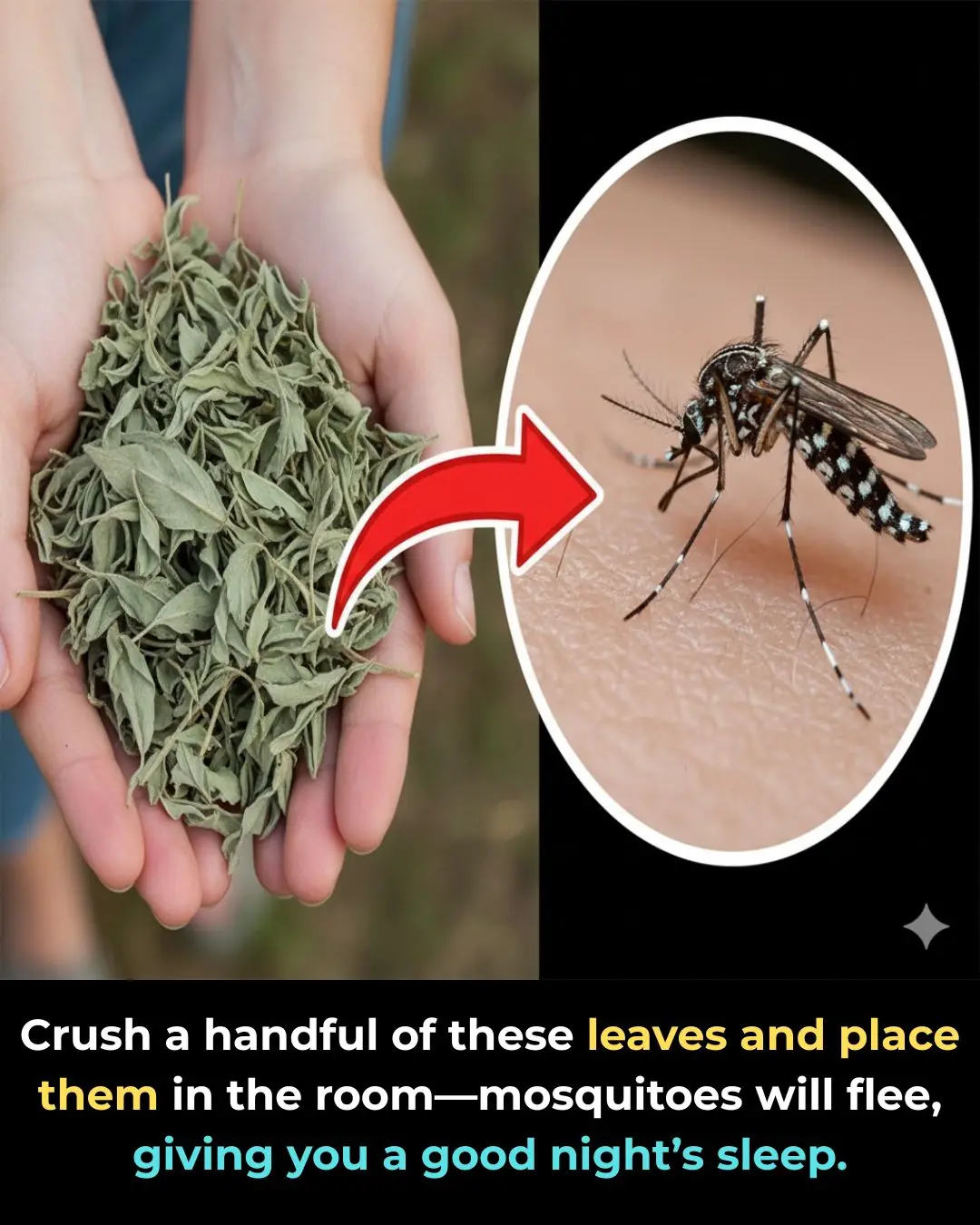
Soaking vegetables in salt water is not as good as you think, if you want them clean, do it this way
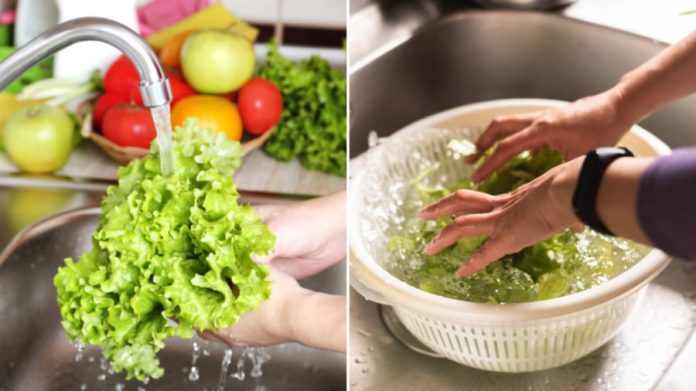
Soaking Vegetables in Salt Water Isn’t as Good as You Think
Assoc. Prof. Dr. Nguyễn Duy Thịnh (former lecturer at the Institute of Biotechnology and Food Technology, Hanoi University of Science and Technology) explains that soaking vegetables in salt water only helps inhibit or destroy bacteria to a certain extent. Salt cannot remove harmful chemicals or toxic substances present in food.
In fact, soaking vegetables for too long in salt water may cause the leaves to bruise or become mushy, which leads to nutrient loss and reduced flavor. Vitamins and minerals in vegetables can easily dissolve into the water, especially when soaked in saline solutions for extended periods. Even worse, dirt and contaminants may be absorbed back into the vegetables, posing potential health risks.
Another concern is that using highly concentrated salt solutions increases osmotic pressure on the vegetables, making them absorb more salt. Over time, this can contribute to excessive sodium intake, which is not good for cardiovascular health. Importantly, washing vegetables with salt water does not remove pesticides, chemical residues, or other industrial contaminants.
To ensure vegetables are safe and clean for consumption, experts recommend using proper cleaning methods instead of relying solely on salt water.
Better Ways to Clean Vegetables and Fruits
1. Rinse Under Running Water
Experts advise that after buying vegetables, you should trim off wilted, yellowed, or damaged parts. Then wash the vegetables several times with clean water—usually 4–5 washes are sufficient.
After that, rinse thoroughly under running water to help remove dirt, soil, and chemical residues. Once washed, vegetables can be prepared and cooked as needed. For fruits and root vegetables, peeling is an important step that helps remove surface contaminants.
This method is considered one of the safest and most effective ways to clean produce, as mechanical friction from running water removes up to 90% of surface impurities.
2. Clean With Vinegar
Wash the vegetables multiple times with clean water to remove soil and debris.
Mix vinegar with water at a ratio of 1:9 and soak the vegetables for about 10 minutes. While soaking, gently stir the vegetables to help dislodge dirt and microorganisms. Finally, rinse again with clean water before use.
Vinegar has natural antibacterial properties, which helps reduce microbial contamination. However, it should still be used as part of a multi-step cleaning process rather than the only method.
3. Clean With Baking Soda
Remove damaged or inedible parts, then rinse the produce several times.
Dissolve about 4 teaspoons of baking soda in 1.5 liters of water. Soak leafy vegetables for around 5 minutes. For fruits and root vegetables, soaking for about 15 minutes is ideal. Baking soda can help break down certain pesticides on the surface.
After soaking, rinse thoroughly with clean water to remove any baking soda residue.
4. Use a Brush for Thick-Skinned Produce
For fruits or vegetables with thick or firm skins—such as apples, cucumbers, carrots, potatoes, or melons—you can use a separate brush to scrub the surface. The bristles help remove debris stuck in creases or small gaps more effectively.
After scrubbing, rinse under running water. Always store the cleaning brush in a dry, clean place and keep it separate from other household brushes to avoid contamination.
Additional Tips for Safer Produce Cleaning (Added Content)
-
Avoid using detergents or soaps, as they can leave harmful chemical residues on food.
-
Consume vegetables quickly after washing, as storing washed produce for too long makes it spoil faster and lose nutrients.
-
For heavily waxed fruits, such as apples and pears, briefly soaking in warm water can help loosen the wax layer before scrubbing.
-
Consider using a salad spinner for leafy greens to remove excess water, helping them stay crisp and fresh longer.
-
Always wash produce even if you plan to peel it, because cutting through unwashed skins can transfer bacteria to the inside.
News in the same category


Netizens compete to show off their secret tips for cleaning carved wooden tables and chairs to welcome Tet

Don't burn peach trees anymore: This is the way to help peach blossoms bloom, sprout, and still be brilliant after Tet
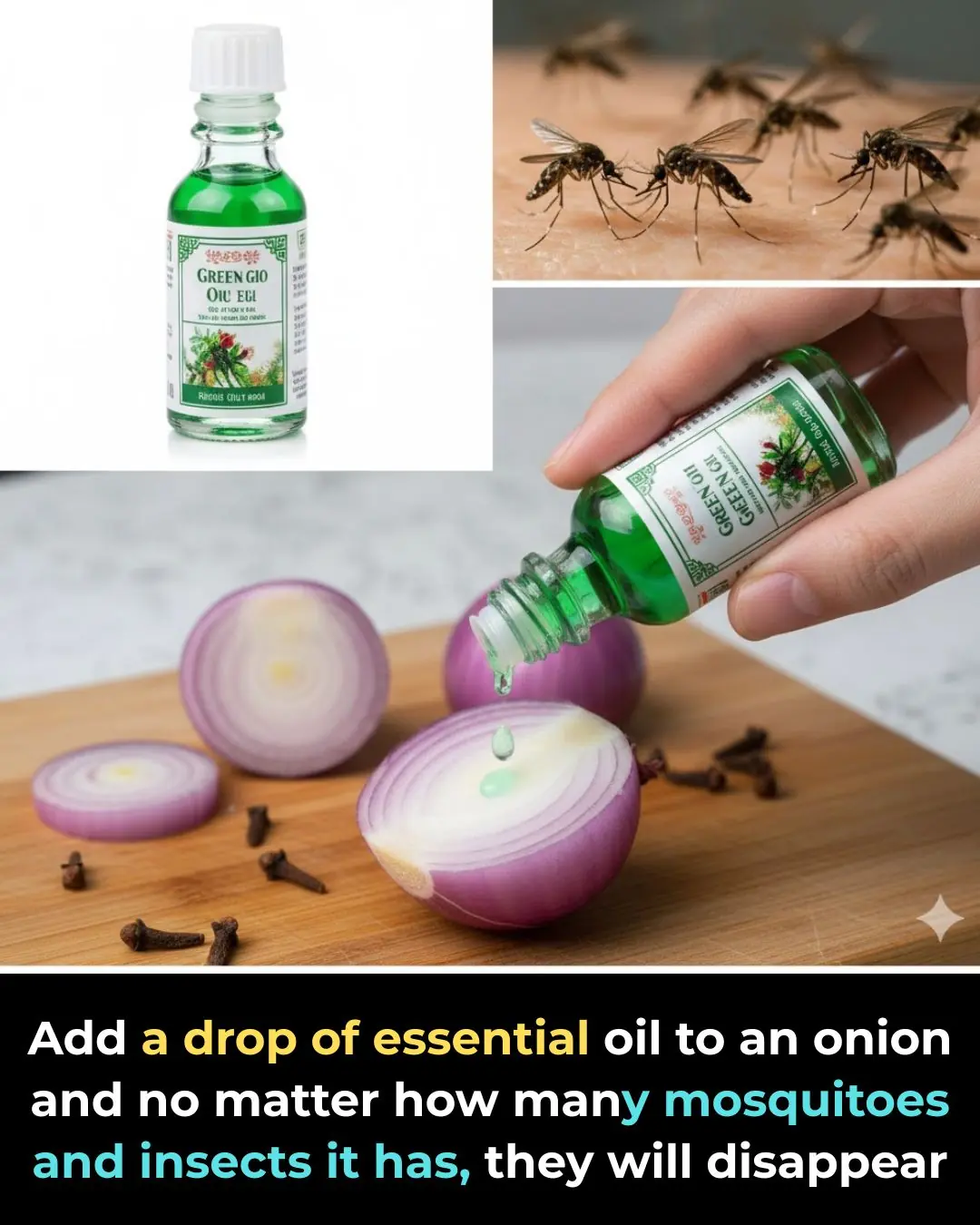
Add a drop of essential oil to an onion and no matter how many mosquitoes and insects it has, they will disappear

Shower Head Clogged After Long Use? Try This Method to Clean It Easily Without Spending Money
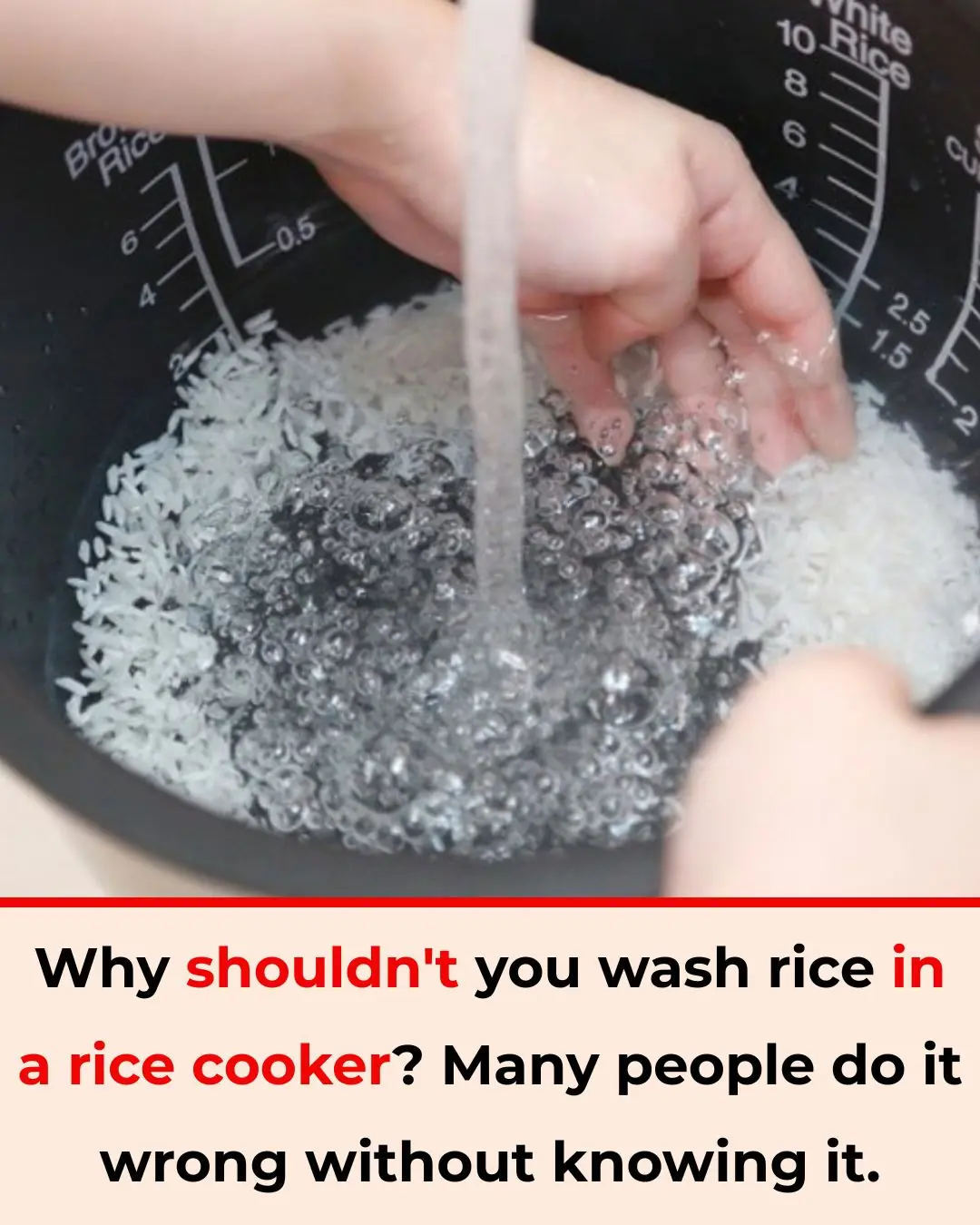
Why You Shouldn’t Wash Rice Inside the Electric Rice Cooker: A Common Mistake Many People Don’t Know
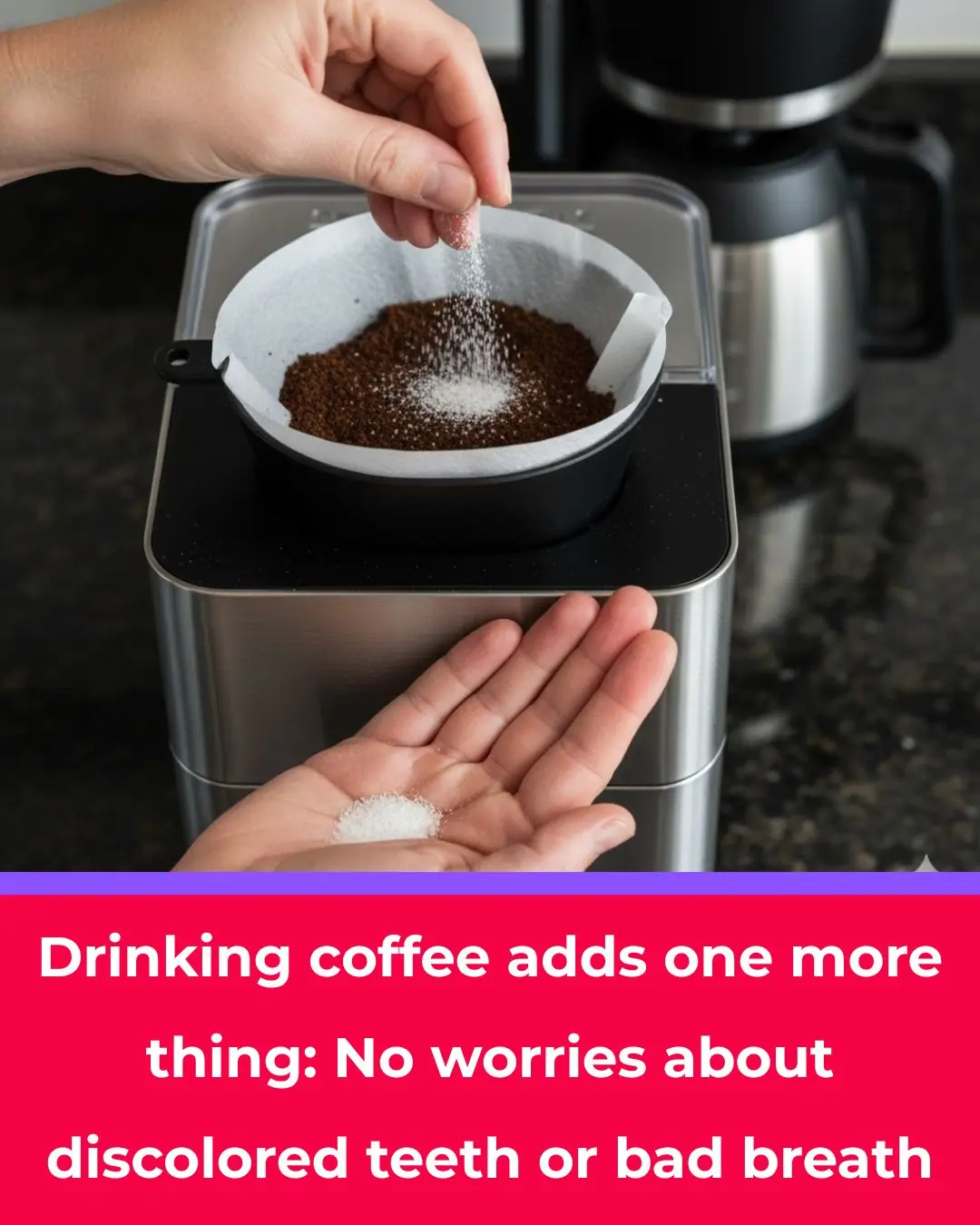
Add This Ingredient to Your Coffee: No More Yellow Teeth or Bad Breath
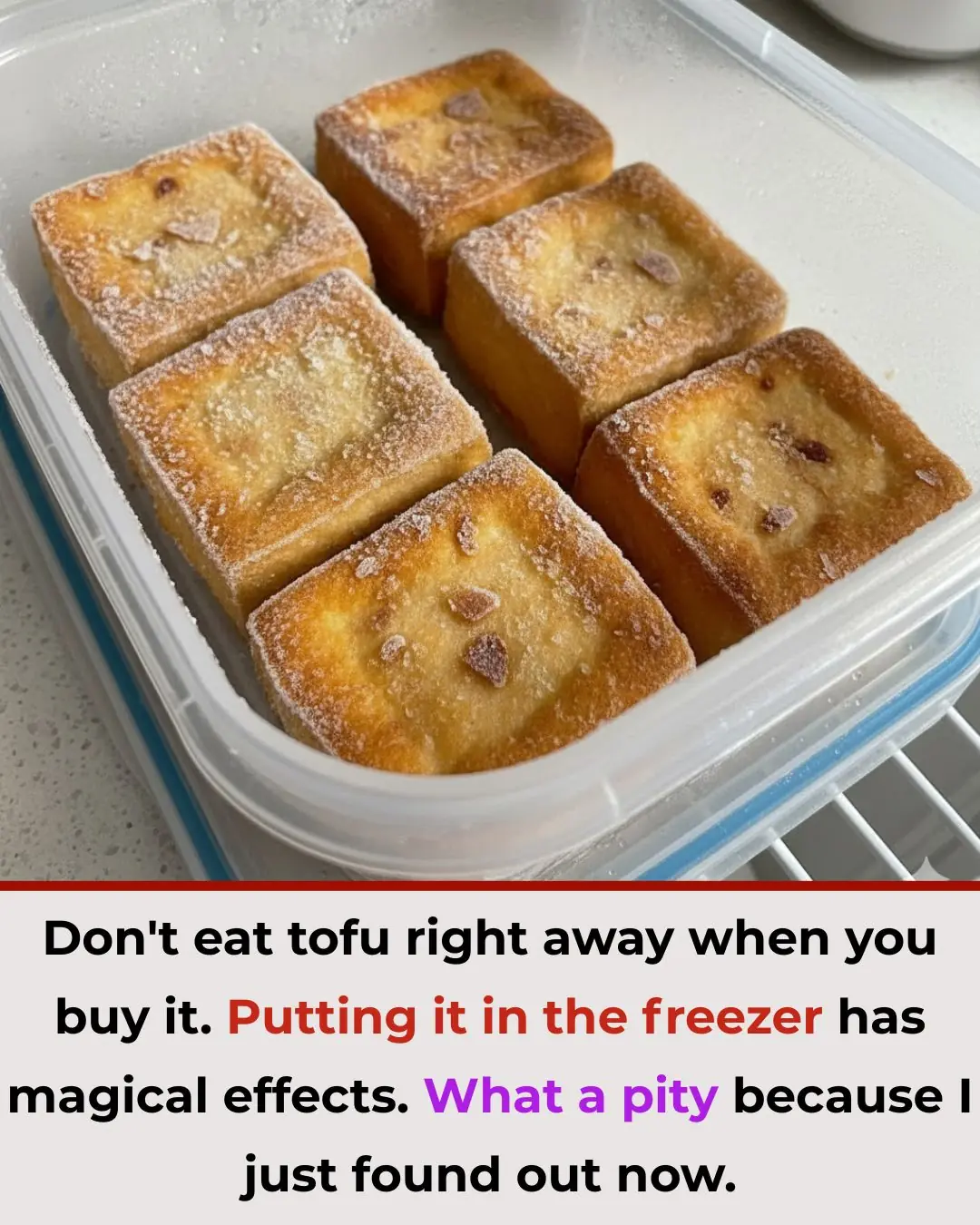
Don’t Eat Tofu Right Away After Buying It: Freezing It in the Fridge Has Amazing Benefits
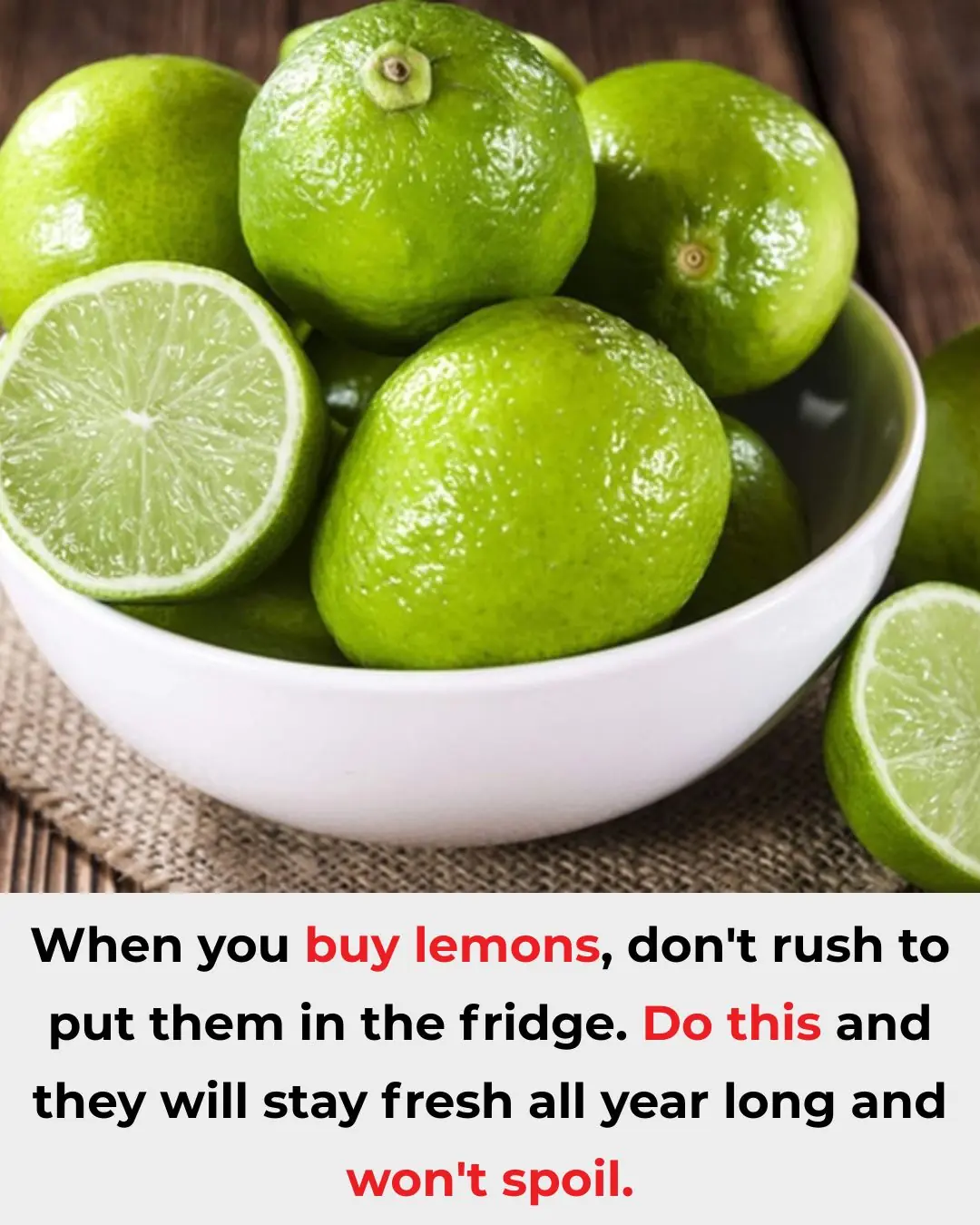
Don’t Rush to Store Lemons in the Fridge — Do This Instead to Keep Them Fresh All Year Without Bitterness
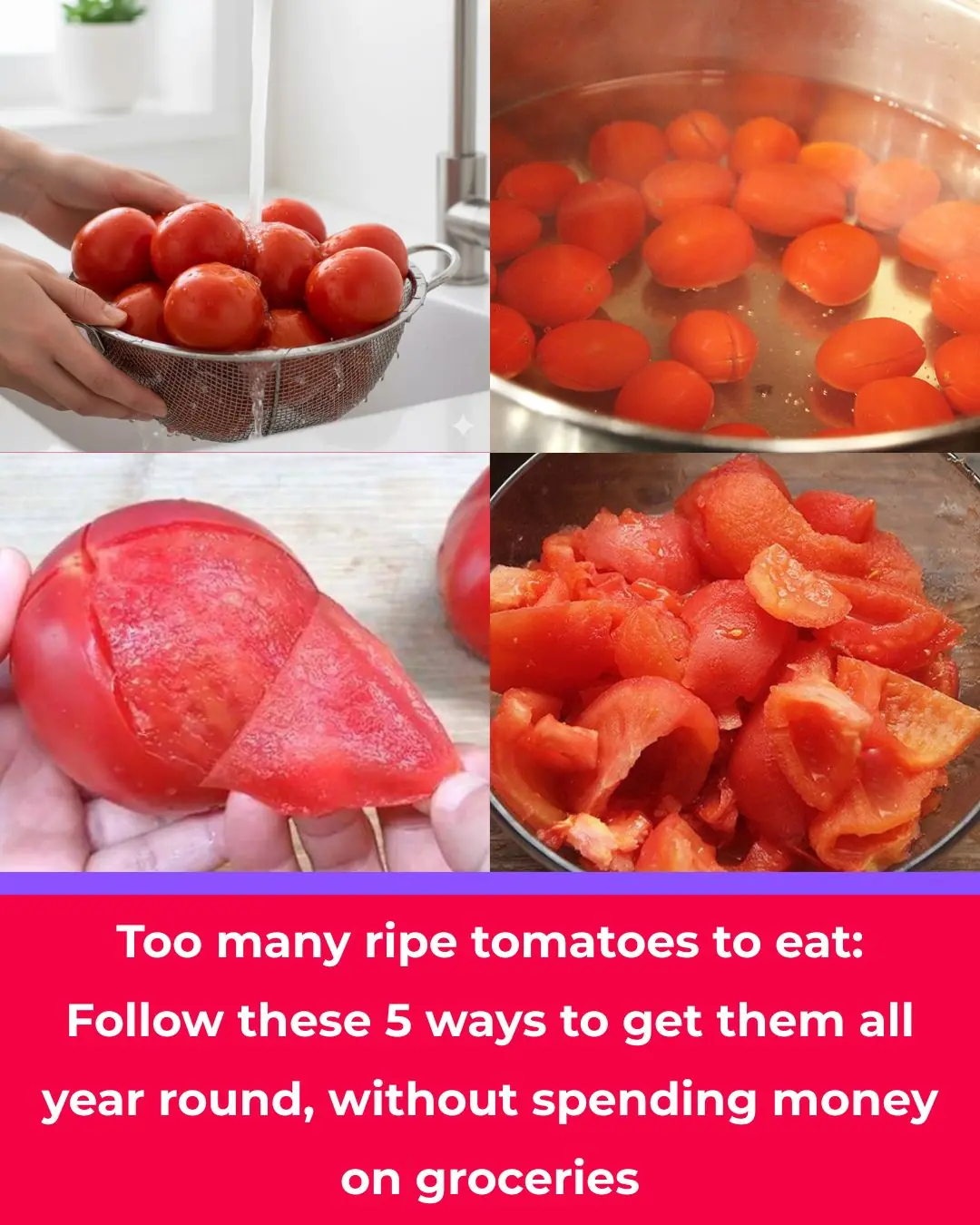
Too Many Ripe Tomatoes? Try These 5 Preservation Methods to Enjoy Them All Year — Without Spending on Fresh Ones

The “Miracle” Termite Prevention Methods for Wooden Furniture
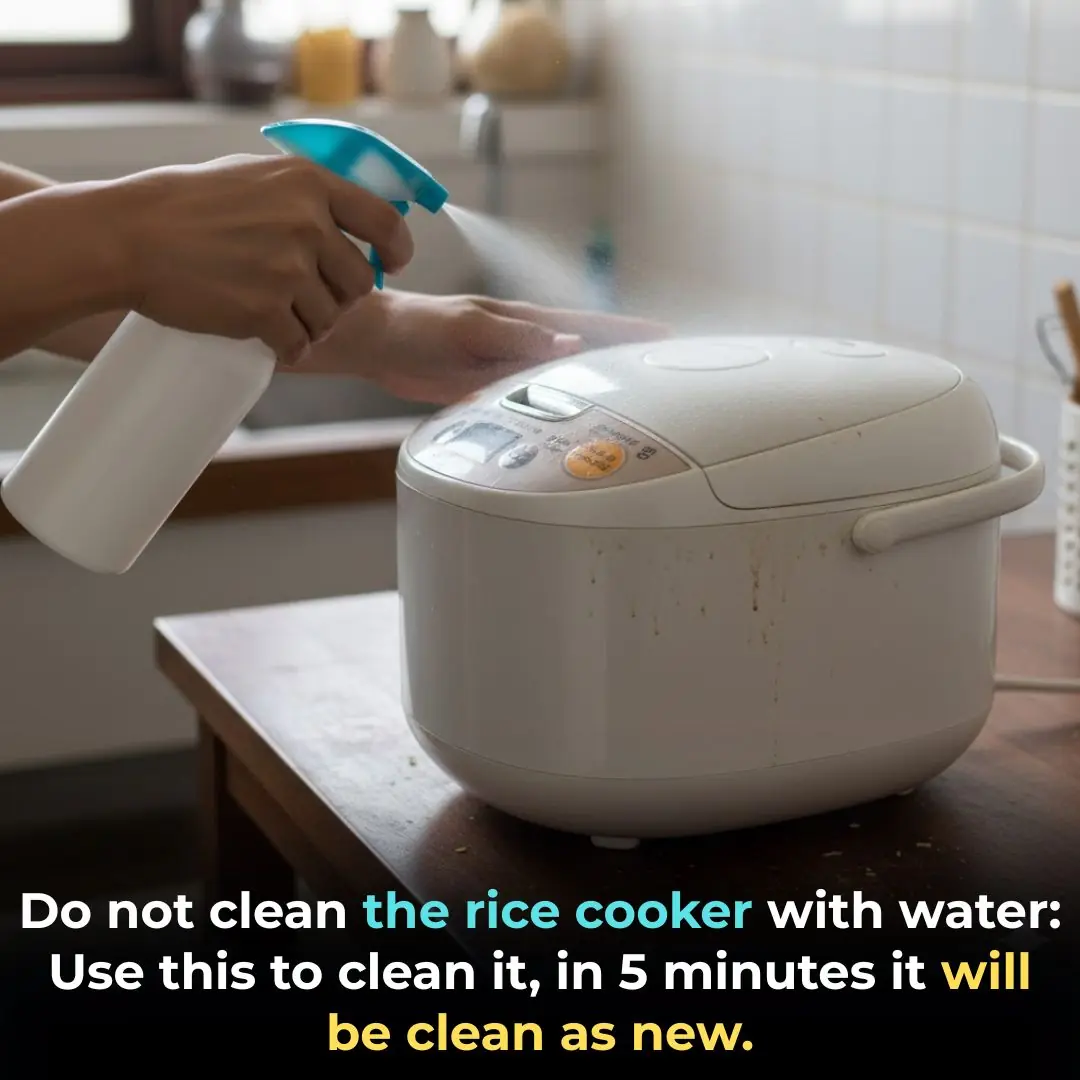
Don’t Clean a Dirty Rice Cooker with Plain Water: Use This Trick and It’ll Shine Like New in Just 5 Minutes
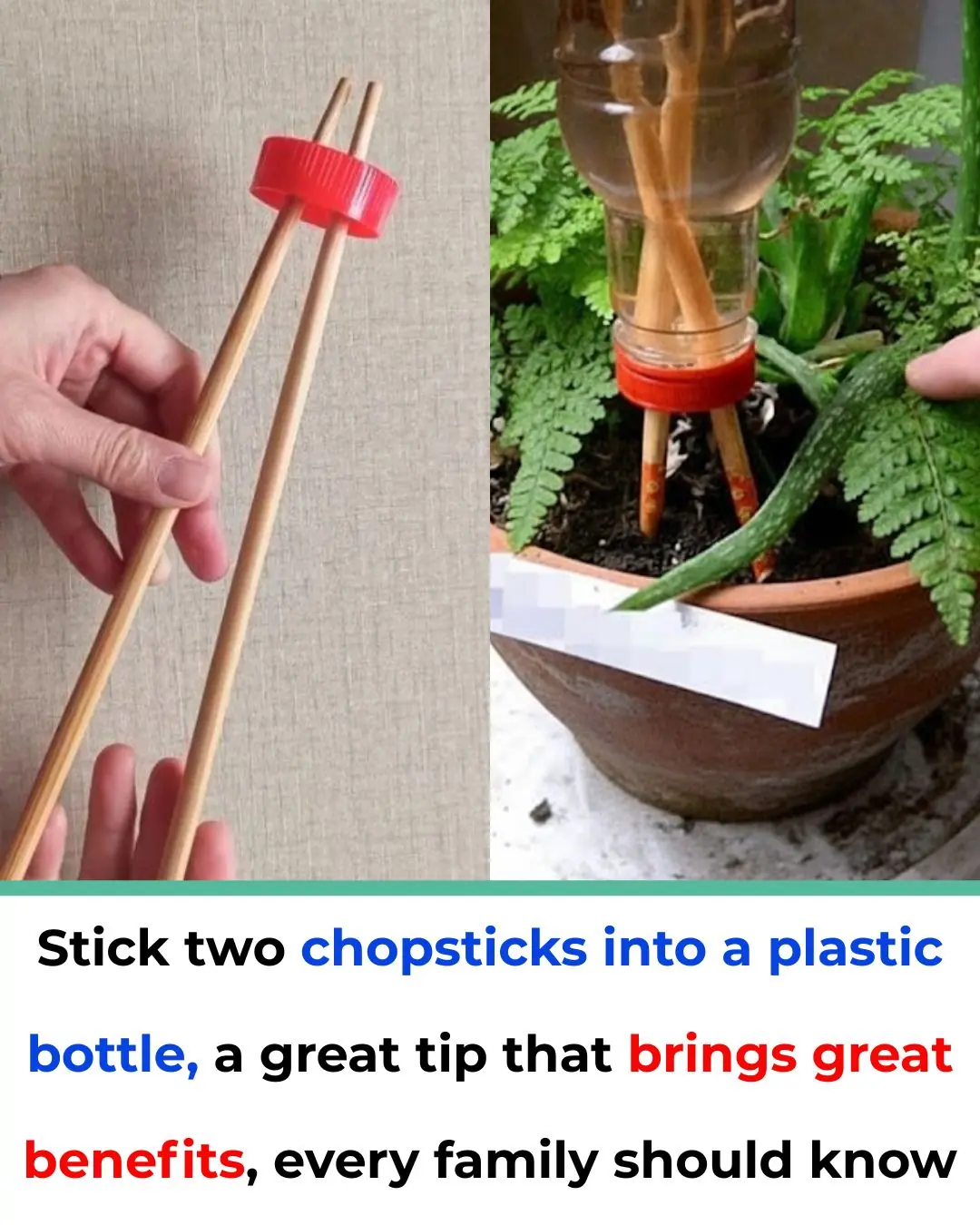
Insert Two Chopsticks into a Plastic Bottle: A Simple Life Hack Every Household Should Know
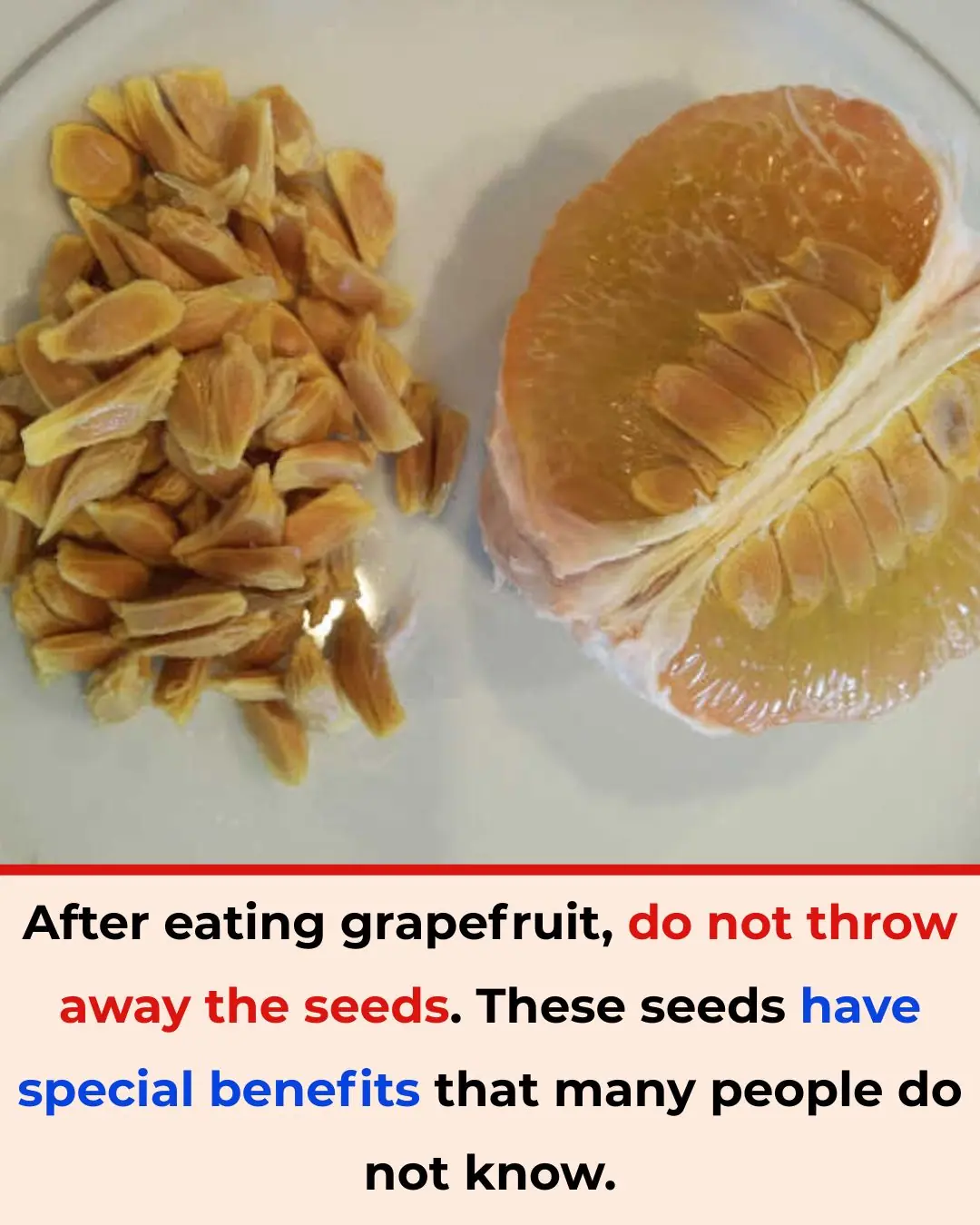
Don’t Throw Away Grapefruit Seeds After Eating – They Have Special Benefits Many People Don’t Know

Placing Garlic by Your Bed: 10 “Golden” Benefits You’ll Want to Try

Electric Water Heaters Exploding Even When Not in Use: The Hidden Danger of a Common Habit

10 tips for dealing with people who think they are better than you

Never leave a charger in outlet without phone. Here are the top 6 reasons why
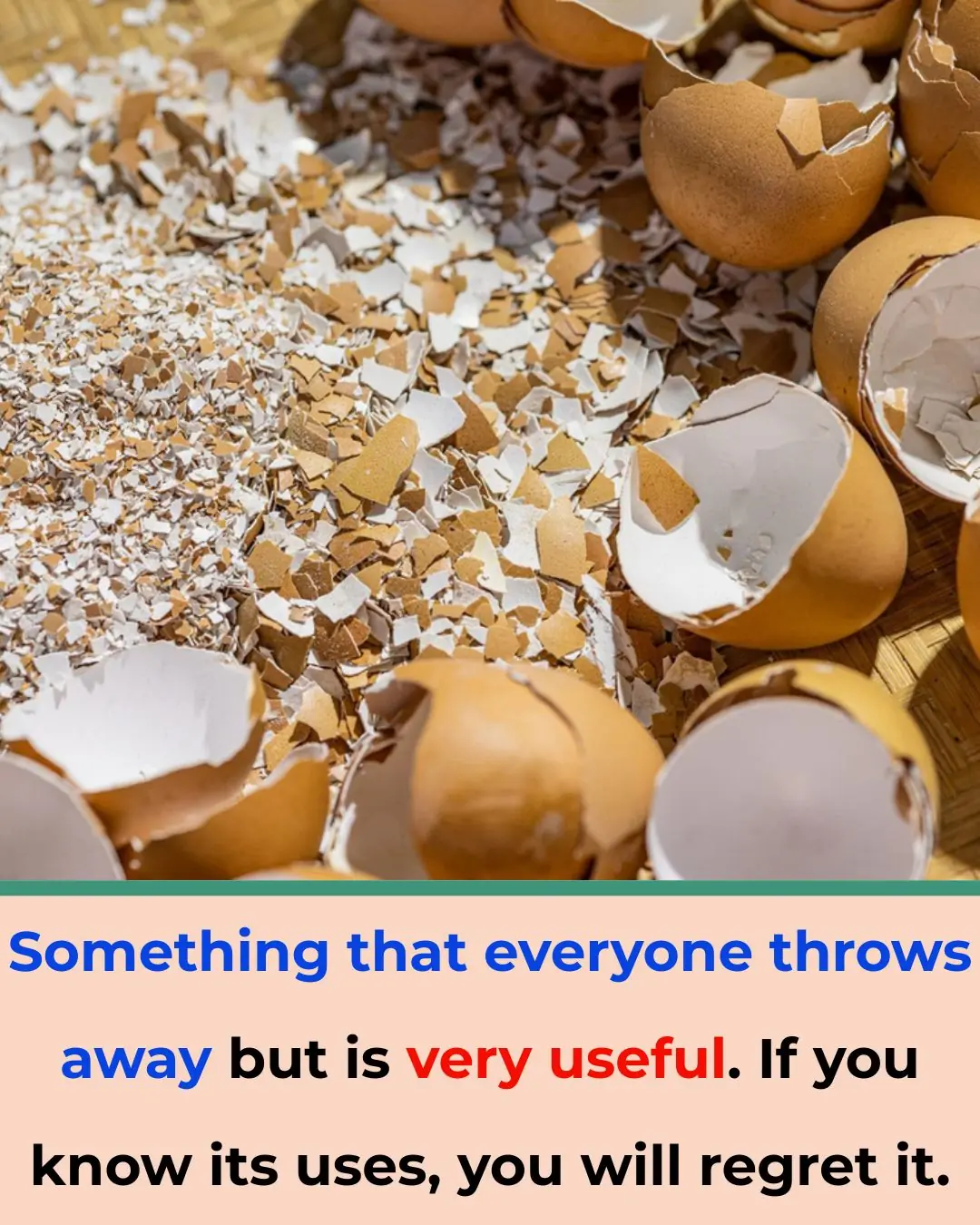
The Everyday Waste You Should Stop Throwing Away — Eggshells Have Amazing Hidden Uses
News Post
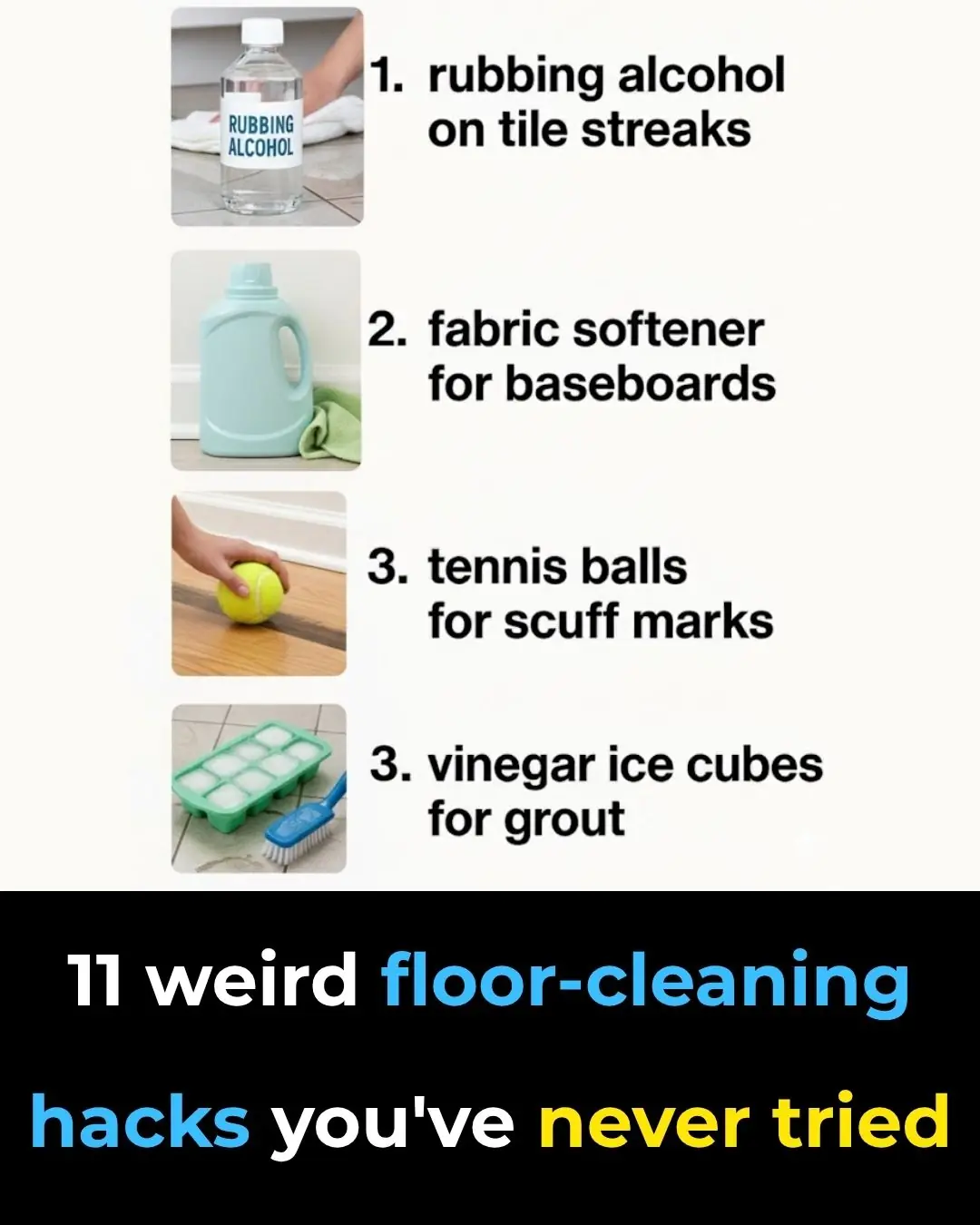
11 Unusual Floor-Cleaning Hacks You’ve Probably Never Heard Of

I Had No Idea About This

12 Strange but Surprisingly Smart Ways to Use Aluminum Foil at Home

11 Weird Bathroom Hacks That Actually Make Cleaning Easier
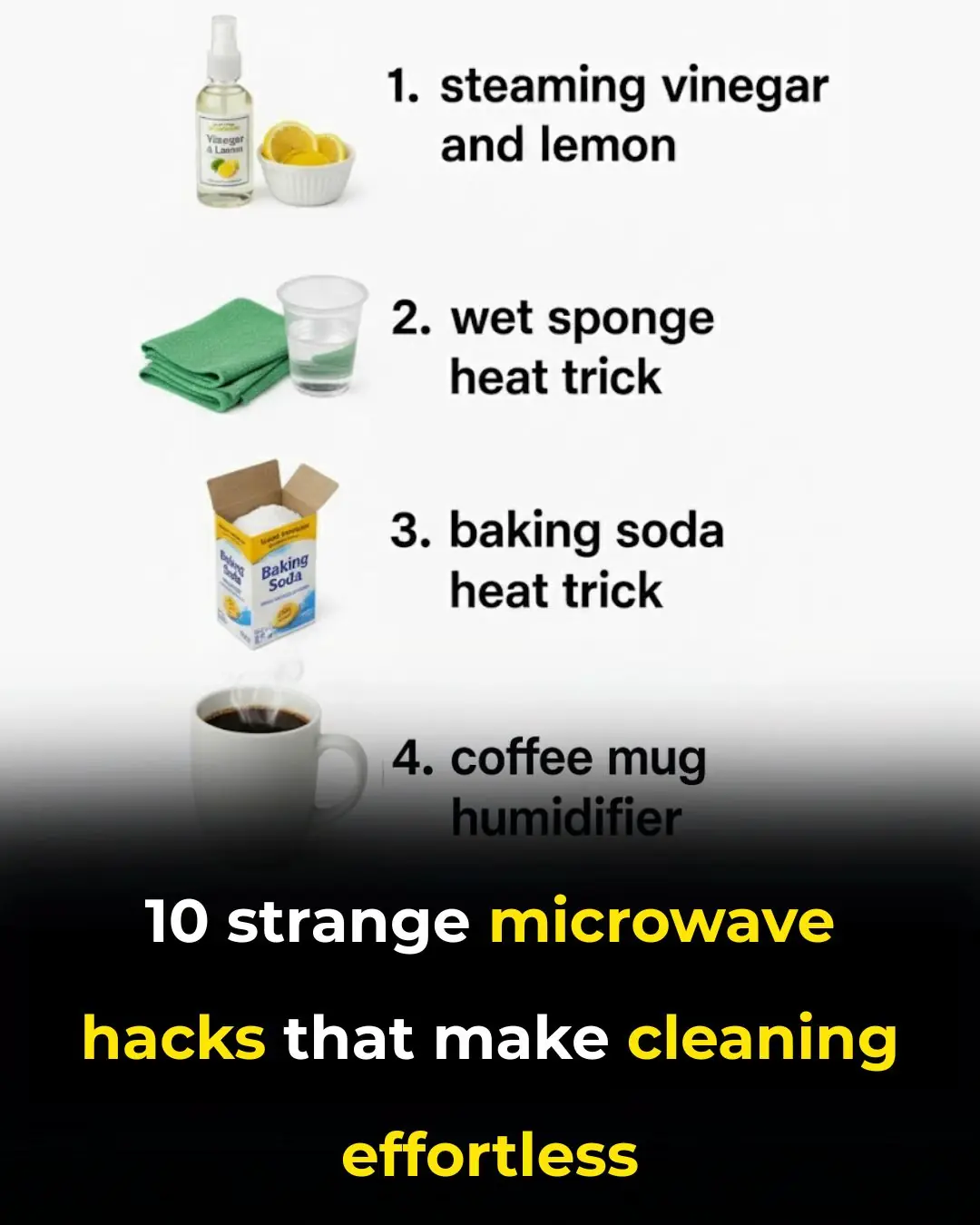
10 Weird Microwave Tricks That Make Cleaning Shockingly Easy

NYC Meltdown: Top Restaurateurs Flee City After Mayor-Elect’s ‘Radical’ Policies

Lady Puts a Cup of Vinegar in the Microwave — and the Reason Is Brilliant

10 Unusual Dishwasher Hacks That Have Nothing to Do With Dishes

I Had No Idea This Was a Thing

Deleted Photos, Secret Requests: Inside Meghan & Harry’s Blow-Up With the Kardashians

Wendy Williams’ New Brain Test Results CHANGE EVERYTHING — Guardianship Could Collapse

3 Natural Ways to Relieve Acid Reflux Fast

Heartbreaking: Kirsty Gallacher Confirms Her Brain Tumour Has Rapidly Grown Amid Court Battle

This New Million-Person Study Just Changed What We Know About Cholesterol and Dementia

Millie Gibson Drops Bombshell About The Forsytes Season 2 — Fans Didn’t See This Coming

How to Survive a Heart Attack When You’re Alone: Immediate Steps You Must Take

Deal or No Deal Chaos: Sonya’s Game Collapses — Then She Drops a Heart-Stopping Family Reveal

This 30-Second Chair Test Reveals if Your Legs Are Aging Faster Than You Think

Princess Beatrice Breaks Silence on Baby Athena’s Early Birth During Emotional London Appearance
